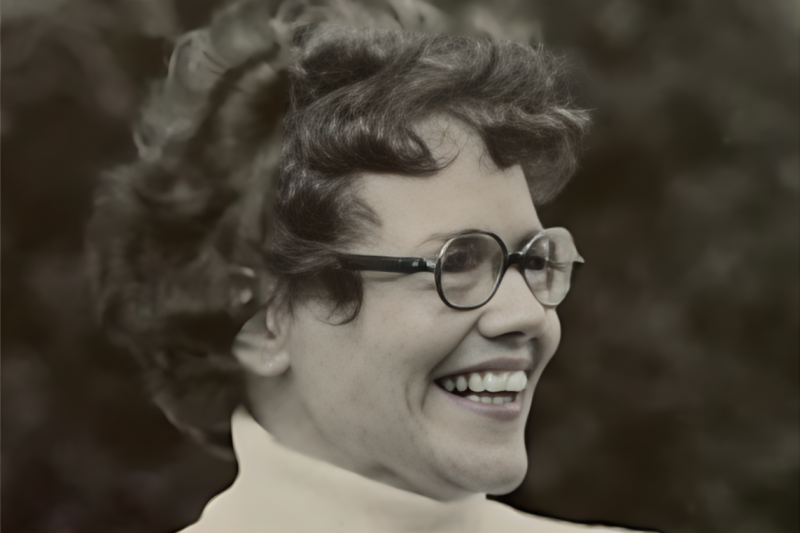
Nobel laureate appointed Stanford professor of physics and education
Carl Wieman, a Nobel laureate in physics and a leader in the effort to rethink university science instruction, is joining the Stanford University faculty as a professor of physics and of education. The appointment takes effect Sept. 1.
“This move represents an exciting opportunity for me — to be involved with a Graduate School of Education that is doing great work in cognitive psychology, science education, and the development of new learning technologies, while also being part of one of the world’s great, if not the greatest, physics departments,” said Wieman. “I have friends in both whose work I greatly admire.”
Much of Wieman’s career has been devoted to laser physics, in which his pioneering work as a professor at the University of Colorado–Boulder led to the creation of the Bose-Einstein condensate, an accomplishment that garnered him and two other physicists the Nobel Prize in 2001.
Even while doing his physics research, though, Wieman was also drawn to research on science education: He was continually looking for new ways to help teach students to think like scientists, and then would rigorously test the effectiveness of such approaches. After winning the Nobel, that work gradually expanded, eventually becoming his main focus.
Prior to his coming to Stanford, Wieman served as associate director for science at the White House Office of Science and Technology Policy, where he became, in the words of one writer at Science magazine, the “de facto science education czar for the Obama administration.”
“This is a first for the Stanford Department of Physics to have a faculty member jointly appointed with the Graduate School of Education, and there’s a big reason why it’s critical for both of us — the country needs to improve STEM education,” said Peter Michelson, the chair of physics. “I can’t think of a more qualified person in the world for this task than Carl Wieman.” (STEM stands for science, technology, engineering and math.)
One of the big challenges, said Wieman, is that many students start college interested in majoring in STEM fields only to leave for other disciplines. If most of those students remained in their initial choices, the country would not be facing the shortfall in engineers and scientists that is such a major concern. Just as important is the need for classes to help all students, not just science majors, appreciate and feel comfortable with science, as so many of today’s critical civic and personal decisions rely on such understanding, he added.
At the University of Colorado, for instance, Wieman explored how to engage students of all ages in science. He established in 2002 a program known as PhET, which now provides via the Internet some 200 free interactive game-like math and science simulations that help students better understand such subjects as plate tectonics, electric circuits, chemical reactions and lasers. The group researches the simulations’ effectiveness as learning tools. Through its website, it delivers more than 50 million of these simulations per year.
A few years later Wieman launched perhaps his most notable education project: the $12 million Carl Wieman Science Education Initiative at the University of British Columbia. Under his direction, the effort has helped eight academic departments to move away from classes with lecture-style formats to more effective research-based approaches; these new classes tend to place a greater emphasis on students’ problem-solving together and smaller-group discussions.
Wieman will continue to work with both projects while at Stanford.
While his effort at UBC was to try to transform science teaching across entire academic departments, Wieman said his work here at Stanford would be zeroing in on individual classes and studying ways to improve learning with engaging — even enjoyable — approaches that spark and sustain student interest. He looks forward to working closely with science, education, and psychology faculty.
“I'll teach some regular physics courses, although not teaching in a regular way,” he said. He also intends to offer classes on science-education research and teaching through the education school, which would be cross-listed in other schools and departments.
Wieman said that he was pleased that several of the physics department’s faculty members have already approached him about collaborating on efforts to take a more scientific approach to teaching. He will be working initially on the entry-level 40-series of courses, which enroll about 600 students. With new methods and new uses of technology, he said, it’s possible to make large-classes more interactive and effective, without reducing the class size or increasing cost.
“There's a solid body of research,” Wieman said. “It shows that if you just lecture at students, they don't learn nearly as much as if you'd used other ways to teach that get them far more mentally engaged — practicing thinking like scientists.”
Still, Wieman underscores that much more work is needed to understand what sorts of engagement work best, how to learn particular challenging ideas, and how best to enhance the interaction of professor and students, particularly with the advent of new technologies.
“Carl’s commitment to rigorous research on education makes him the perfect guy for this challenge,” said Claude Steele, dean of the GSE. “He has great ideas — and then he carefully researches how well they work in the classroom. He brings the same passion and intensity to his education research that he brought to his award-winning work to create the Bose-Einstein condensate.”
The Bose-Einstein condensate, which Wieman and his colleague Eric Cornell created in 1995, was an entirely new state of matter that had been hypothesized seven decades earlier by Albert Einstein. The theory was that when gas is cooled to an extremely low temperature, the atoms would be in the same quantum level — completely indistinguishable in all respects, as impossible as that may sound — instead of being dispersed across a variety of quantum levels and locations.
Wieman and Cornell used lasers and magnets to cool rubidium-87 atoms to the lowest temperature ever, less than 20 billionths of a degree above Absolute Zero, and caused them to condense into such a “super-atom” that behaved as a single entity.
Wieman becomes the 21st living Nobel Prize winner affiliated with the Stanford faculty. That includes six Nobel laureates in physics: Steven Chu, Robert Laughlin, Douglas Osheroff, Martin Perl, Burton Richter and Richard E. Taylor.
Wieman received his graduate degree in physics from Stanford in 1977. He is a member of the National Academy of Education and the National Academy of Sciences, where he served as the founding chair of the Board on Scientific Education. His accomplishments in physics have been recognized with the Newcomb Cleveland Prize, King Faisal International Prize for Science, Lorentz Medal, Schawlow Prize for Laser Science, and Benjamin Franklin Medal in Physics, among others. He has received a number of awards for his educational work, including the National Science Foundation’s Distinguished Teaching Scholar Award, CASE/Carnegie Foundation U.S. University Professor of the Year, Oerstad Medal of the American Association of Physics Teachers and Presidential Citation for Lifetime Achievement from the National Science Teachers Association.
Wieman said that he expects to continue to be active nationally and internationally on issues of science education and how to improve teaching. His study of the issue has taken him into hundreds of science classrooms over the years, and when asked about the difference between traditional and new approaches of teaching science, he offered observations from his visits:
“In the one classroom you've got somebody standing up at the front talking, pointing at their PowerPoint, and you've got a whole bunch of empty seats. The students who are there are looking at their cell phones or asleep, except for a few in the front row paying attention.”
“In the other classroom, you've got all the seats filled. It's really noisy because they're all talking to each other and gesturing. They're pointing at diagrams, they're making sketches, and they're vigorously debating and problem solving, while the teacher is moving around listening and offering guidance, kind of like the basketball coach does.
“If you walk into a classroom, there's no question what kind you're in and there's also no question as to how mentally engaged the students are. That's the real key: they're thinking.”



